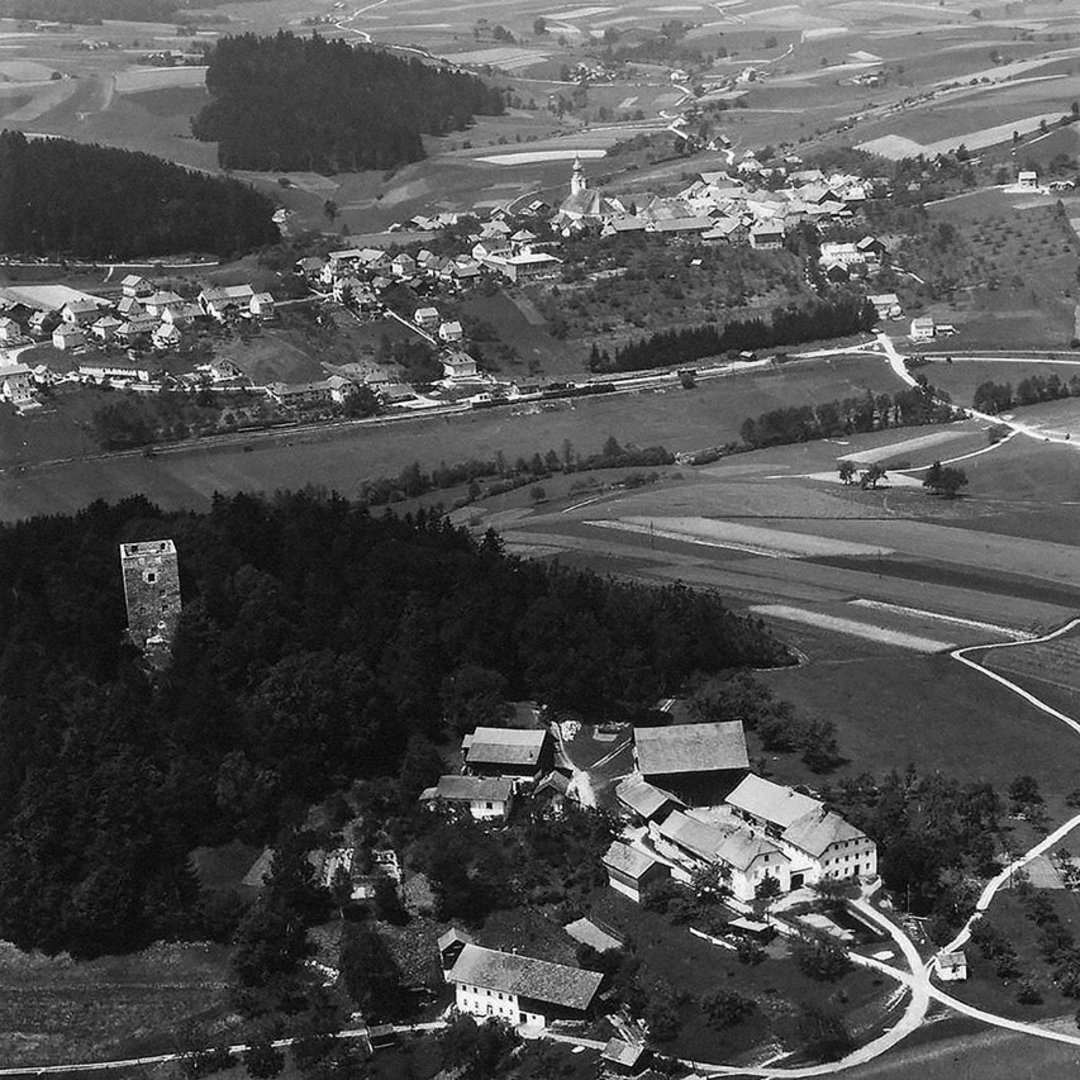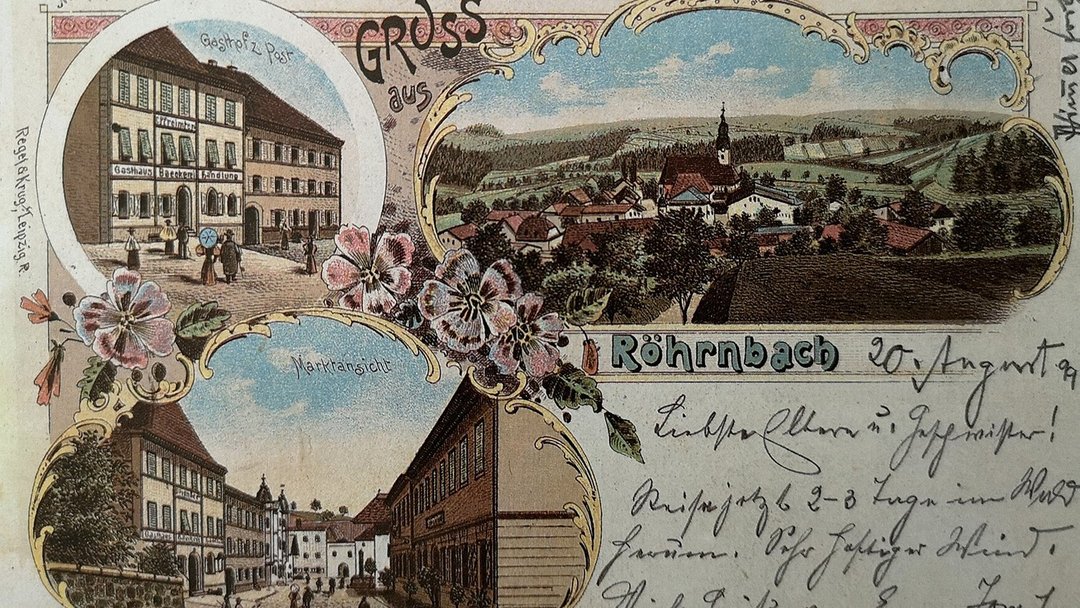Röhrnbach - The stone bridge
STONE BRIDGE, HORSE AND CART, BERGREICHENSTEIN, BAVARIAN DUKES, DISPUTES
Dispute over the "White gold"
Imagine leaving Passau with heavy-loaded pack horses. We go back to the year 1594 and you’re crossing the new stone bridge across Osterbach for the first time. Erected under Prince- Bishop Urban von Trennbach, this bridge is an important example of architecture, guiding the precious horse and cart in the direction of Röhrnbach and Bergreichenstein. In the later 16th century there were more and more disputes with the Bavarian dukes who were supporting their trade route Gulden Strass from Vilshofen via Grafenau. This so-called salt dispute threaded its way through the whole country. In 1596, for example, a big horse and cart of people from Waller at the Wolfsteiner Ohe river was seized as it illegally transported salt through the bishopric of Passau. The loss amounted to 57 pack horses, carrying almost eight tons of salt. These tensions continued for a long time until the Habsburger (ruler in Bohemia since 1526), imposed a definite ban on foreign salt on the "Goldsteig Trails" in 1706.





Competition for Passau in the salt trading
1361: Gulden Strass, transport route of the Duke of Bavaria to Bohemia. Path leading from Schärding via Vilshofen and Grafenau to Bohemia.
1526: Bohemia fell into the hands of the Hapsburgs. First attempts to transport Austrian salt to Bohemia.
1586: The Duke of Bavaria errected a warehouse for the salt storage in the Hofmark St. Nikola (Passau)
1594: Maxmilian, Duke of Bavaria allies with the archbishop of Salzburg – takeover of the whole salt production of Hallein
1608: Under strict conditions, Passau was allowed again to transport salt to Bohemia
1706: Emperor Joseph I imposed final ban on foreign, i.e. non-Austrian, salt to Bohemia